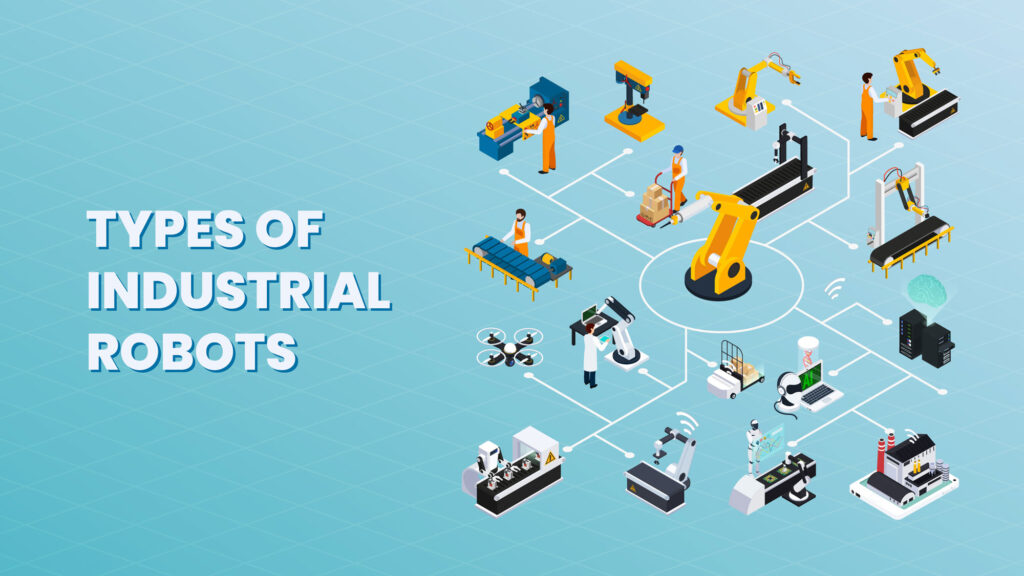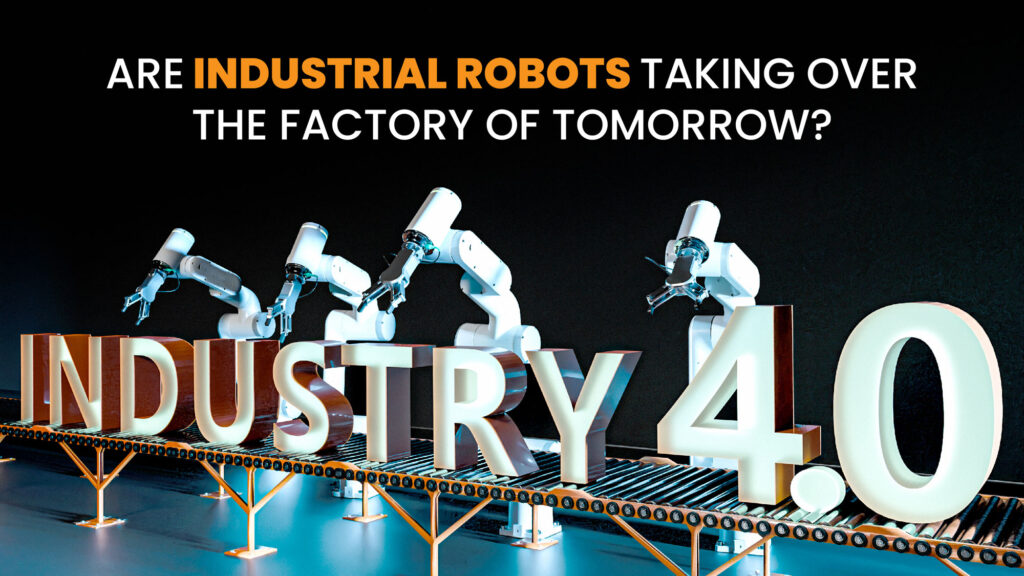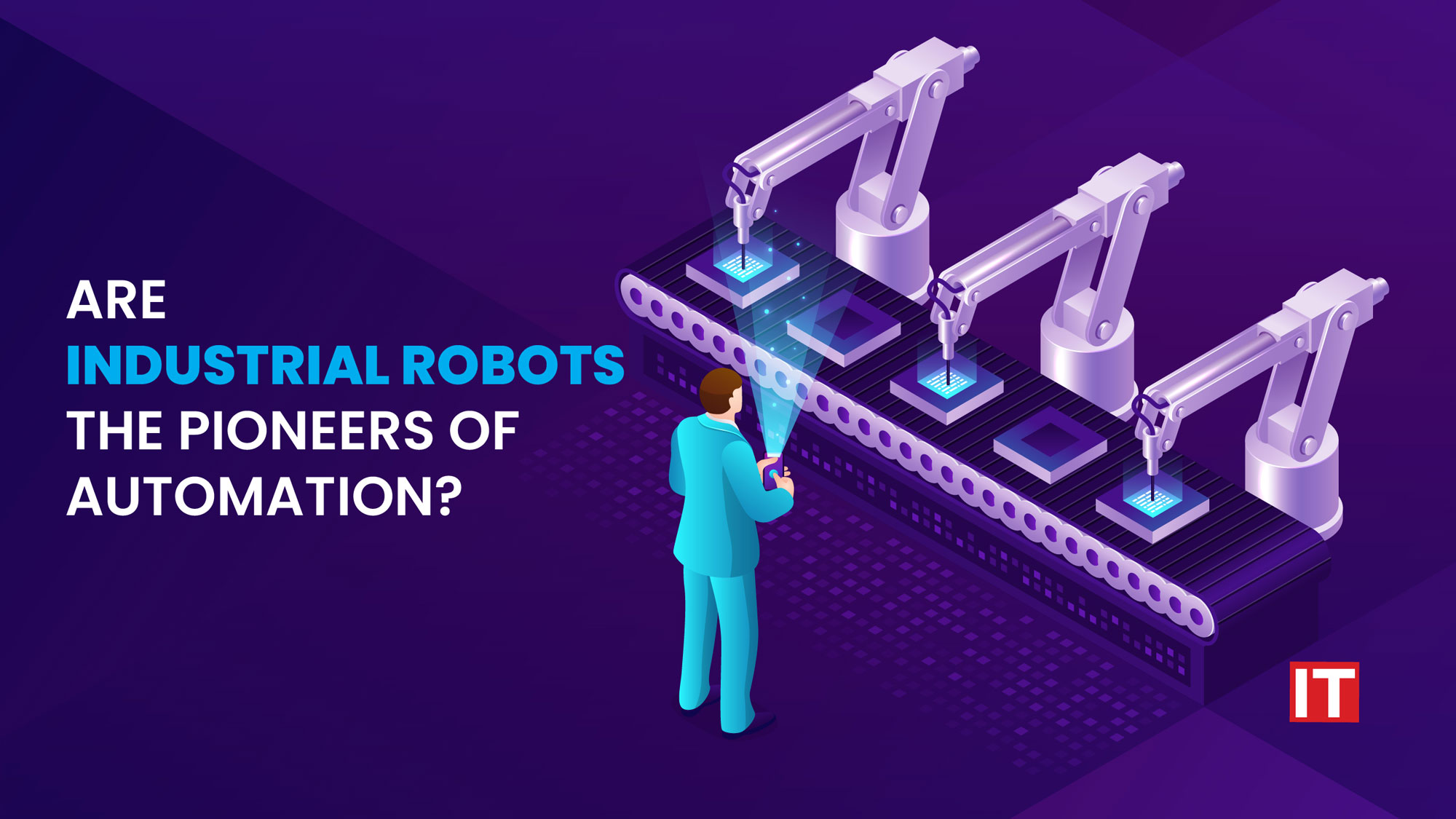Enter the world of manufacturing in the future, where silicon brains and steel muscles work together to usher in a new era of creativity and efficiency. The way we produce, assemble, and package items have been transformed by these mechanical marvels, who have emerged as the unsung heroes of modern production lines.
The days of human workers being slowed down by tedious, repetitive activities are long gone. These days, industrial robots are in the spotlight, executing complex tasks quickly and accurately. They are now the foundation of numerous sectors, from the food and pharmaceutical industries to the automobile and electronics ones.
Let’s take an amazing tour through the world of industrial robots, where innovation and automation collide and the future is created right before our own eyes.
What are Industrial Robots?
What exactly is an industrial robot then? A robot that has been designed for industrial use is one that can automate labor-intensive production operations, as those needed by an assembly line that is continually in motion. They are massive, heavy robots that are installed in fixed locations across an industrial facility, and all worker jobs and operations revolve around them.
Depending on the manufacturers, the requirements, and the environment in which they will be used, industrial robots will have different characteristics.
An industrial robot is a versatile, reprogrammable, automatically controlled manipulator with three or more axes that can be either fixed in one place or mobile and employed in industrial automation applications., according to the international standard ISO 8373:2012.
Despite having the power, accuracy, and speed of a machine, industrial robots are typically not humanoid in appearance. However, they are capable of mimicking human actions and behaviors.
Types of Industrial Robots
 A stationary robot is one that is bolted to a surface, like a wall, ceiling, or floor. These types of industrial robots are the most prevalent. There are now five primary types of stationary robots (or “robotic arms”) that can carry out operations like sorting, welding, and finishing. The five primary types of industrial robots, according to the International Federations of Robots, are SCARA, Articulated, Cartesian, Delta, and Polar.
A stationary robot is one that is bolted to a surface, like a wall, ceiling, or floor. These types of industrial robots are the most prevalent. There are now five primary types of stationary robots (or “robotic arms”) that can carry out operations like sorting, welding, and finishing. The five primary types of industrial robots, according to the International Federations of Robots, are SCARA, Articulated, Cartesian, Delta, and Polar.
1. Cartesian Robots
Robots that employ the Cartesian Coordinate System (X, Y, and Z) to travel in straight lines on three axes (up and down, in and out, and side to side) are known as cartesian robots, also known as linear robots or gantry robots. Cartesian robots are a popular option because of their configuration flexibility, which enables users to alter the robot’s speed, accuracy, stroke length, and size. One of the most popular robot kinds for industrial applications, cartesian robots are frequently employed with CNC machines and 3D printers.
2. SCARA Robots
The abbreviation SCARA stands for Selective Compliance Assembly (or Articulated) Robot Arm. The three-axis (X, Y, and Z) motion of SCARA robots are combined with a rotational motion. Compared to Cartesian Robots, SCARA Robots are better at lateral movements, typically move more quickly, and integrate more easily. SCARA robots are typically employed for bio-medical applications, palletizing, and assembling.
3. Articulated Robots
The mechanical movement and arrangement of an articulated robot closely resemble an arm. A twisting joint secures the arm to the base. The number of rotational joints that make up the arm itself can range from two to 10, and each extra joint or axis increases the range of motion that is possible. Four or six axes are used by the majority of articulated robots. Arc welding, assembling, material handling, machine tending, and packing are some common applications for articulated robots.
4. Delta Robots
Three arms of a delta robot, also known as a parallel robot, are attached to a single base that is situated above the workspace. As each joint of the end effector is directly controlled by all three arms, delta robots operate in a dome shape and can move softly and precisely at high speeds. Delta Robots are frequently employed in the food, pharmaceutical, and electrical industries for quick pick-and-place applications.
5. Polar Robots
Polar robots, also referred to as spherical robots, have a base that is attached to the arm through a twisting connection, one linear joint, and two rotating joints. The robot can have a spherical work envelope since its axes work together to create a polar coordinate. One of the very first industrial robots ever created is the Polar Robot, according to legend. For die casting, injection molding, welding, and material handling, polar robots are frequently employed.
Where are Industrial Robots Used?
Industrial robots and mobile industrial robots can now be accessed by small businesses as well as big ones. By automating some operations, more and more SMEs are achieving higher profitability and lower production costs.
Industrial robots aim to increase the flexibility and adaptability of production lines so that they can better meet the unique requirements of each customer.
Globally, there were over 2.7 million industrial robots in use as of 2020.
Using industrial robots for straightforward pick-and-place tasks is their most popular application. Industrial robots are used for more flexible and important tasks as well, solely due to improved control technology, potent actuators, and smart sensors. Here are a few of the industrial robots’ most typical applications.
- Product assembly
- Non-conventional machining
- Palletizing and Depalletizing
- Welding
- Painting and coating
- Grinding, polishing, and buffing
- Deburring
- Machine loading and unloading
- Inspection
- Sorting
Are Industrial Robots Taking Over the Factory of Tomorrow?
 One thing is abundantly evident as we reach the conclusion of our voyage through the intriguing world of industrial robots: these mechanical wonders are significantly influencing the sector’s future. Industrial robot manufacturers are known for their expertise in developing and producing industrial robots that cater to various industries and applications. Some of them are ABB Robotics, Fanuc Corporation, and Universal Robots.
One thing is abundantly evident as we reach the conclusion of our voyage through the intriguing world of industrial robots: these mechanical wonders are significantly influencing the sector’s future. Industrial robot manufacturers are known for their expertise in developing and producing industrial robots that cater to various industries and applications. Some of them are ABB Robotics, Fanuc Corporation, and Universal Robots.
One additional point to note is that due to their growing use in a variety of applications, mobile industrial robots have also grown in popularity recently. They have developed into the engine that drives higher efficiency, improved precision, and elevated productivity in everything from assembly lines to warehouses.
Industrial robots have transformed production procedures and opened up new vistas of opportunity. Robots are likely to get smarter, more adaptive, and able to handle challenging tasks as artificial intelligence and machine learning develop.


































